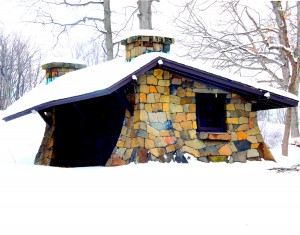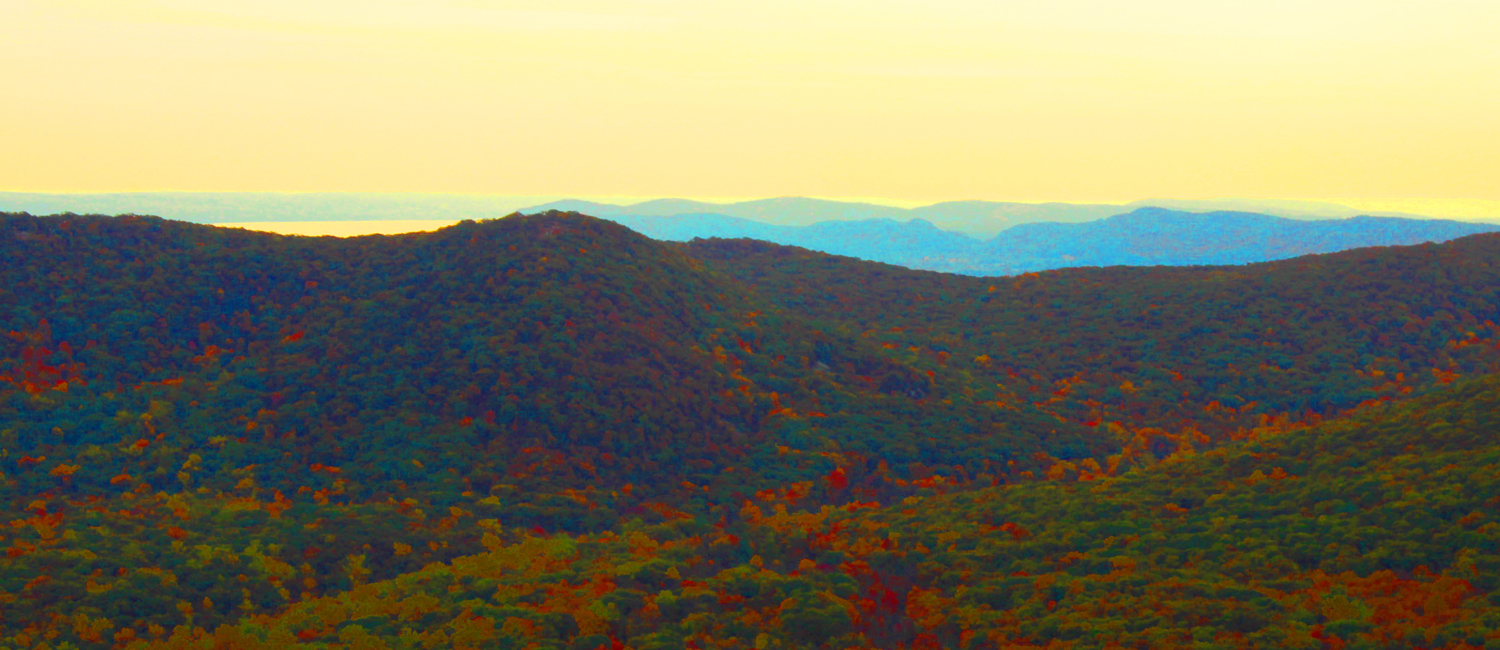My Nyack view (preferable to Tappan Zee Bridge) AHGunther photo
By Arthur H. Gunther III
ahgunther@yahoo.com
Nyack, N.Y. — There’s a new bridge a-building across the Hudson River just 20 miles from New York City, though the original is nearing a really short but stressed 59 years. Some in these parts, a village in Rockland County, N.Y., never wanted the first crossing.
You see, growth came rapidly post-1955, so quickly that profit rather than wise planning ruled the day, then the months and years. Natural drainage areas were filled in, downtowns abandoned, endless strip shopping appeared and municipal services expanded so much that now they are cost-prohibitive, especially with no relief from the state on mandated costs such as health care and pensions.
These days the suburbs, surely this one, are graying, and seniors, so many of them, live in houses too large and few smaller properties to be had, if enough sales could be made anyway. School taxes, also with federal and state mandates, are reaching breaking point, and it is clear that income must also be a factor in the levy rather than just property wealth, often just a paper figure.
Many of our young prefer living not in suburban development with its anonymity and sameness but in walkable areas such as the once-abandoned villages. So, it’s back to the future a bit, a theme that could have been kept in place and beautifully expanded when the first post-World War II housing was constructed. Houses could have and should have risen around existing villages and hamlets, renewing the downtowns and keeping car travel down.
This time around, the new Tappan Zee Bridge will not add much to suburban development, which in this area is maxed out save for over-density building, a new worry. No, the crossing, which will continue to be fed by an under-maintained Thruway on both sides of the Hudson, will simply be a safer bridge, with walking and biking provision, but existing principally as an interstate, quite unsuitably for trucks, the freight of which would proceed more efficiently on railroads. Gotham-bound commuters and other travelers should have that option as well. But money, big money, long ago went to the highway lobby, with drastic effect for suburban hurly-burly growth at the expense of community strengthening.
Ah, progress, which can be another way of saying, “Ouch, who pinched me and told me it was for my own good?”
As one who wished the first Tappan Zee had never been built where it was, who as native son will forever rail against bad area planning, who hopes against hope that whatever growth lies ahead will be better, I prefer to drive down Memorial Park way, in Nyack, and stare out not at the bridge but toward a very old barge, now moored for marine life, and view even that in the abstract, as the accompanying photo shows.
Reality denial? You bet.
The writer is a retired newspaperman who can be reached at ahgunther@yahoo.com This essay may be reproduced.


